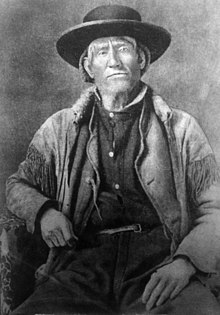A Personal Record by Pearl S. Buck
Her 407 page book is filled with history and cultural information about various places in China where she lived much of her life. Her parents were dedicated Presbyterian missionaries.
She became so accustomed to war battles that she began ignoring gunshots as they were nothing more than firecrackers.
Her family was accepted by the Chinese more than the usual white Americans, because they were always doing services for them without any expectations of return.
When she returned to the US for college, she had trouble assimilating because she had become a combination of the Chinese culture and American and didn’t seem to fit. When she started dressing in American fashions her situation improved. By her junior year she had become sufficiently American to be elected class president.
In 1938 she was awarded the Nobel Prize in literature. It was a serious challenge. Her feelings were confused because she didn’t feel she deserved it. She was not alone in those thoughts. Her fellow writers, mostly men, thought there were others that should have been considered over her, men. They said only Willa Cather deserved the Prize, as a female writer. She didn’t deserve it because she was too young and had written too many note-worthy books. She wanted to decline the Prize but decided it would cause too much trouble.
The Chinese culture was unique and often hard to understand. Her mother took her to a hairdresser when she was a young child. Another mother was there with her daughters. The mother commented about how clean her hair was, “Never have I seen the hair long and thick, so, but without the insects!”
“I was too shy to declare that we never had insects.”
In this book she told about the political confusion in China. The people were so naïve and passive they were constantly become overcome by those with fake promises and power. Revolutionist declared, “It might be a good thing if Japan came in and cleaned China up.”
They were affected by the Chinese marriage traditions, where marriages were the result of parent match-making. Her father was willing to match her to a fine young Chinese gentleman he knew. It would not have been accepted by the Chinese parents.
Her mother had developed serious health problems and Pearl decided to move her to a summer resort away from the area prone to tropical illnesses. They spent the summer months there where her mother experienced some improvement. Between planting and harvesting the stayed in a little stone house in the mountains.
In China, the value of a daughter was not respected. She was a problem for poor families. When a family was acquiring too many, the midwife would conveniently kill the newborn girl. Tears came from what was considered the “necessity she felt to do it”.
Another difficult tradition concerned females. Binding their feet. Tiny feet were supposed to be more attractive. Supposedly, a small-footed girl could get an old-fashioned husband. A big-footed girl, if educated, could get a new-fashioned husband.
A daughter-in-law became a servant in the household of her husband’s mother. At mealtimes she was busy managing everything. “She joined conversation, but never sat down with the family.”
Another tradition among the Chinese involved a person who fell into danger. “If a person fell into danger, as for example if he fell into water and would be drowned if not pulled out, no other Chinese would stretch out his hand to the drowning one. The Buddhist belief was that the one who saved him from death thaw was supposed to happen would always be responsible for taking care of the person and maybe his entire family.”
She was a prolific writer. The most popular were The Good Earth, The Big Wave, The Three Daughters of Madame Liang, Pavilion of Women, and Peony. These titles witness the effects of China on her writing.
Even though this book is considered her biography, the title lets a reader know that it is as much about other people, places and events as it is about her as a person. The books she wrote and her writing career got less attention,
MyraSaidIt
